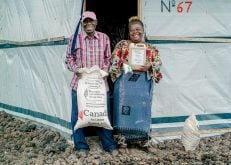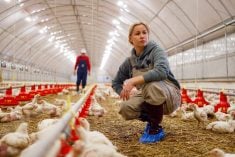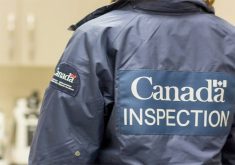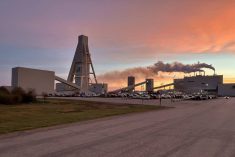Even though it’s a crucial aspect of crop development, Canada gathers only a minimal amount of information on soil moisture. In fact, in many regions of the world soil moisture data is scarce, says an Agriculture Canada remote sensing expert.
“There’s little data available on soil moisture, if you think globally or even across Canada. There are some in-situ sensors (in place)… but they’re very scattered and there are very few of them,” said Heather McNairn, an Ag Canada research scientist in Ottawa.
As part of a joint effort with NASA, the U.S. Department of Agriculture and North American universities, Agriculture Canada is hoping to replace the lack of information with a volume of soil moisture data.
Read Also
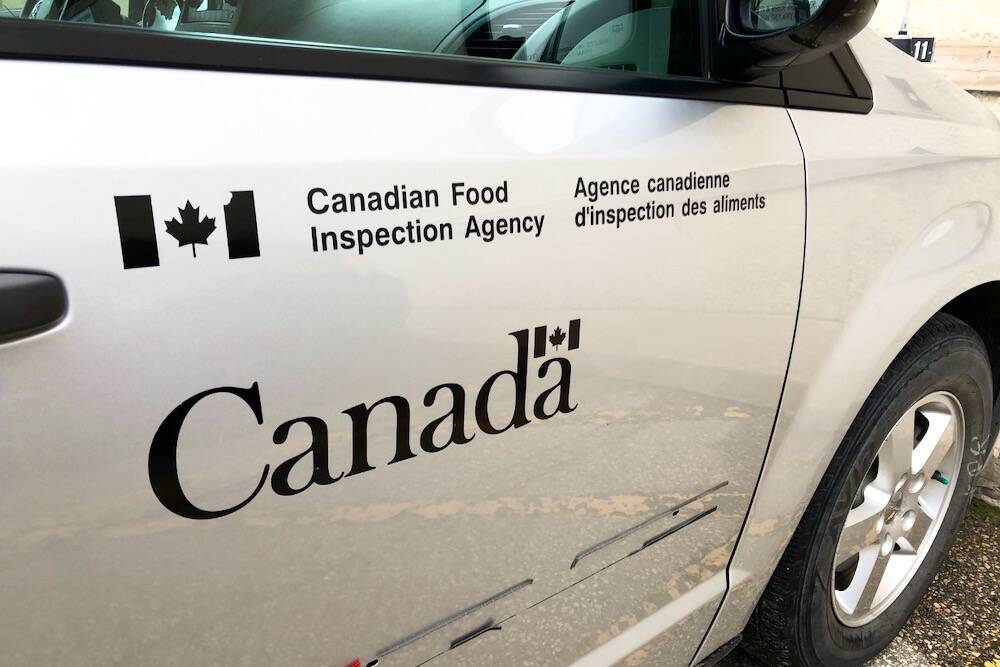
B.C. ostriches culled, CFIA confirms
Ostriches on an embattled Edgewood, B.C. farm have been culled after a prolonged legal battle, the Canadian Food Inspection Agency has confirmed.
In two years NASA expects to launch the soil moisture passive active (SMAP) satellite. It will collect information on soil moisture and temperature, which will be used to generate maps on global soil moisture, temperature and freeze-thaw conditions.
But before that happens, NASA, Ag Canada and university scientists will lead a crew of 70 researchers that will spend six weeks this summer in Manitoba. They will be in Manitoba, from early June to mid-July, testing instruments and taking soil moisture measurements around Carman and Portage la Prairie.
In basic terms, the scientists want to ensure that the satellite converts microwave energy readings into accurate estimates of soil moisture.
After it’s launched, the satellite will measure soil moisture by detecting the amount of microwave energy emitted from a patch of land on the earth, or it will send out a microwave signal and record how much microwave energy bounces back to the satellite.
“The amount of energy that is sent back to the satellite is related to how much moisture is in the soil,” said McNairn, who explained microwaves are used because they are unaffected by cloud cover. “We get energy recorded and then we have models that relate that energy to moisture.”
In Manitoba, the researchers will fly two planes equipped with instruments similar to apparatus that will be used by the satellite. As well, they have set up 50 soil moisture monitoring stations in the Carman-Portage region, to validate the data recorded from the plane.
“We’re testing how well we’re able to measure soil moisture, based on the aircraft data,” McNairn said.
The work in Manitoba is part of a global effort, as scientists in other regions of the world are conducting similar experiments.
Looking past the satellite’s launch, McNairn said the soil moisture data will serve a number of purposes, including weather prediction.
“A lot of the weather forecasting models, the influence of soil moisture is not well accounted for because there isn’t enough data (on soil moisture),” she said.
The data will also be used to monitor drought and flooding risk, but the satellite tracks soil moisture at a scale of three to 10 kilometres. So, individual farmers in Western Canada won’t be able to evaluate the data for a particular quarter section on their farm.
Regardless, the satellite soil moisture data is supposed to be publicly available, which means producers and ag organizations can use the information as they see fit.
“We’re hoping that producers, or anyone who supports producers, will have public access to these soil moisture maps,” McNairn said. “That will allow them to plan some of their field operations and it will also help our department understand where there are risks.”





